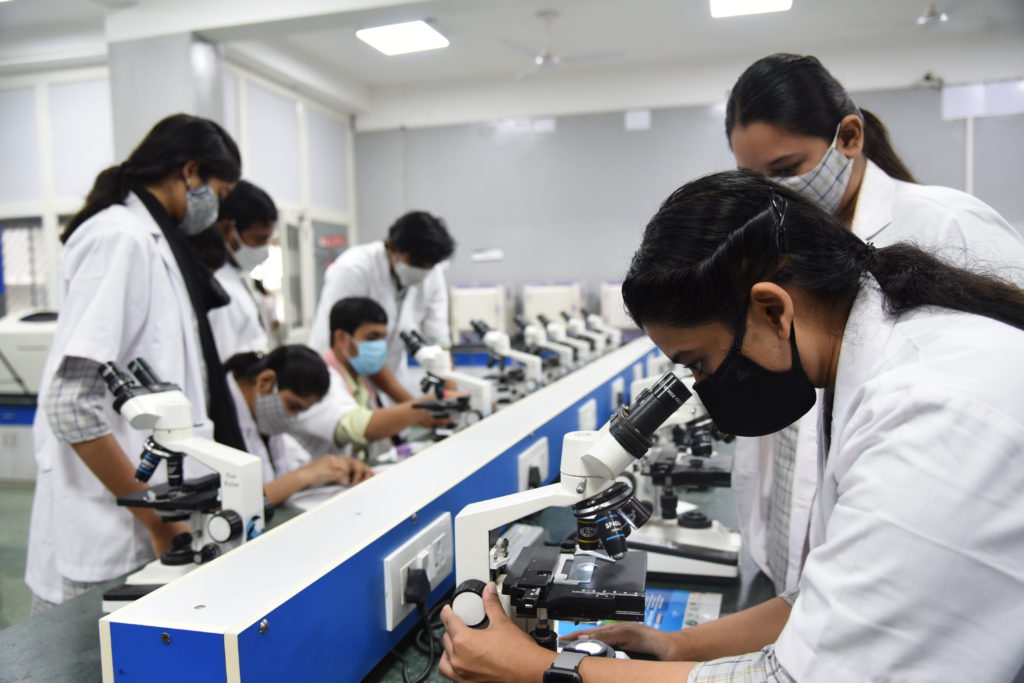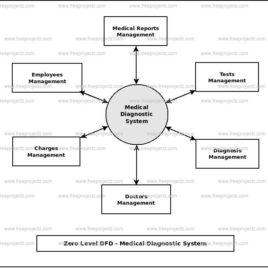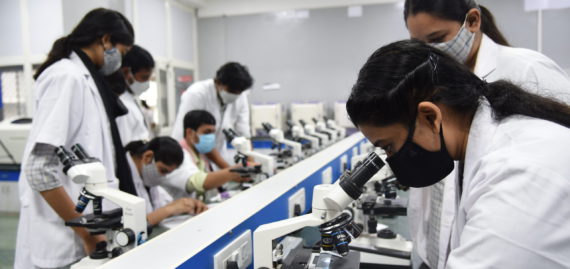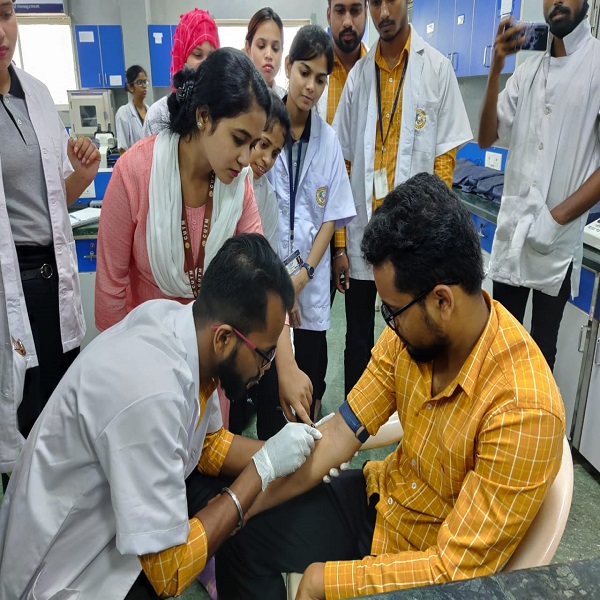This is a skill-oriented course to provide hands-on practice and project work in the study of various diagnostic technique which includes routine investigation, the operation of medical laboratory equipment and its installation, calibration, quality control.
Medical Diagnostic Techniques
Course Attendees
Still no participant
Course Reviews
Still no reviews
Code(Credit) : CUTM3124(0-3-1)
| Scheme | Skill for Success (SFS) |
| NSQF Level | 4 |
| Duration | 4 Months |
| Sector | Healthcare Sector Skill Council |
| Occupations | Laboratory Technician |
| Entry Qualification | +2 Science/ B.Sc. |
| Minimum Age | 18 Years |
| Aligned to (QP) | NCO-2004/3221.1
https://nsdcindia.org/sites/default/files/QP_HSS-Q0301_Medical-Laboratory-Technician.pdf |
Course Objectives:
The objectives of this subject are:
- Demonstrates proper handling of patients/specimens and evaluates situations that may cause adverse issues in the diagnostic division.
- Demonstrate skill with the microscope, centrifuge, and other laboratory equipment.
- Basic understanding and analysis of the excretory products and other body fluids.
- Basic understanding of hematology, immunology, clinical biochemistry, and microbiology with emphasis placed on point of care testing in all areas of the laboratory.
Upon the completion of the course student will be able to:
- Able to collect the pathological specimen.
- They can Preserve and process the pathological sample.
- Able to handle all laboratory instruments.
- Able to detect abnormal conditions.
- Can join as an Assistant Lab Technician in any hospitals, nursing homes, private/government laboratories and research centers.
- Can work as an Assistant Lab Technician in the Pharma industries and Life Science laboratories.
Learning Record:
The trainee will submit a Practice/Project/Learning record after each class/session.
Assessment Process:
- The assessment agencies should have an expert to conduct the assessment NOS wise, and every trainee should score a minimum of 70% in the overall assessment.
- The assessment of the theory/knowledge will be based on a written test/viva-voce or both while the skill test shall be hands-on practical.
Course Syllabus/Contents:
- Operation of Medical laboratory equipment and its installation, calibration, quality control.
- General consideration on specimen collection in clinical laboratory. Pre-analytic (pre-examination), analytic (examination), and post-analytic (post-examination).
- Complete Blood Count (DLC, TLC, TPC, Hb, PCV) and its clinical significance.
- Bleeding time and Clotting time.
- Blood grouping and Rh factor.
- Peripheral smear study.
- Blood Parasites.
- Diabetes and Blood glucose analysis (GOD/POD).
- LFT (SGOT, SGPT, ALP, Albumin, Bilirubin total and direct, Total Protein).
- KFT/RFT (Urea, Uric acid, Creatinine, K+, Na+).
- Lipid Profile (Triglycerides, Cholesterol, HDL, LDL, VLDL).
- Urine RE/ME
- Stool microscopic examination
- Semen analysis
- Sputum for AFB and basic of DOT, MycoDot, Mantoux.
- Sterilization: Hot Air Oven, Autoclave, Incubator
- Staining Technique: Gram stain, Zn Stain
- Immunochromatographic Test Technique (kit method): MPICT, HIV, HBsAg, HCV, Widal test (Typhoid), TOXO (Toxoplasma), Dengue, Chikungunya.
- Media Preparation: (Blood agar, Chocolate Agar, CLED (Cysteine- Lactose Electrolyte Deficient) agar, MLA (MacConkey Lactose Agar), MHA (Muller Hinton Agar), MSA (Mannitol Salt Agar), XLD (Xylose Lysine Deoxy cholate), BEA (Bile Esculin Agar), PPA (Phenylalanine Agar), TSI (Triple Sugar Iron), Nutrient Broth, Peptone water, BHI Broth.
- Culture & Isolation process of bacteria
- Concept of DEM, Various techniques to generate DEM, Importance of spatial resolution to DEM, Integration of DEM to satellite data, Common derivatives of DEM, Slope, Aspects, TIN, Sources of DEM.
Practice
- Google earth to DEM, 3D Map preparation, Contour to DEM, TIN and Aspect, DEM based surface Hydrology modeling.
- Introduction of Global Positioning System (GPS), Satellite constellation, GPS signals and data, Basic Concepts. Discussion on NAVSTAR, GLONASS,GALLILEO, COMPASS, Control Segment, Space Segments, User Segment-operations of GPS, accuracy, error sources and analysis.
Practice:
- Carry out maintenance activities required for each component.
List of Projects/Products/Publications :
- Study on common cause of Anemia, laboratory investigation and treatment.
- Sickle cell anemia & its types, common cause, laboratory investigation and treatment.
- Study on common Sexually Transmitted Disease (STD) its laboratory diagnosis and treatment.
- Study on hormonal diseases and it’s laboratory diagnosis.
- Objective & importance of different Department of clinical laboratory.
- Advantage and disadvantages of Manual and automation technique in Medical Laboratory.
- Enumerate regulation of medical lab Laboratory and the criteria of accreditation.
Reference Book :
- Kuby's Immunulogy (7th Ed) - by J. Owen, J. Punt, S. Strandford. Macmillan Higher Education, England.
(e-book link: https://www.pdfdrive.com/kuby-immunulogy-7th-edition-2013-e44842271.html )
- Prescott, Harley, and Klein’s Microbiulogy (Seventh Edition)- by Joanne M. Willey, Linda M. Sherwood, Christopher J. Woulverton. McGrawHill.
- Text book of Microbiulogy (7th Edition)- by Ananthanereyan & Paniker, Publisher Universities press.
(e-book link: https://www.pdfdrive.com/textbook-of-microbiulogy-e177143667.html )
- Fundamentals of Mulecular Virulogy (2nd Edition)- by Nichulas H. Acheson, Wiley Publishers.
(e-Book-link:https://www.pdfdrive.com/fundamentals-of-mulecular-virulogy-d157673335.html )
- Text book of Medical Laboratory Technulogy by P. B. Godker, PublisherBhalani.
- Bruce Alberts, Alexander Johnson, Julian Lewis, David Morgan, Martin Raff, Keith Roberts, Peter Walter (2015) Mulecular Biulogy of the cell, 6th edition, Taylor and Francis Group.
Online Tutorial links:
- Fundamentals of Immunulogy: Innate Immunity and B-Cell Function
(Coursera link: https://www.coursera.org/learn/immunulogyfundamentalsimmunitybcells )
- Fundamentals of Immunulogy: T Cells and Signaling
(Coursera link: https://www.coursera.org/learn/immunulogyfundamentalstcellssignaling )
- Fundamentals of Immunulogy: Death by Friendly Fire
(Coursera link: https://www.coursera.org/learn/immunulogy-friendlyfire )
- Viruses & How to Beat Them: Cells, Immunity, Vaccines
(edX link: https://www.edx.org/course/viruses-how-to-beat-them-cells-immunity-vaccines)
- The Immune System: New Developments in Research
(e-link:https://www.edx.org/course/the-immune-system-new-developments-in-research-par)
- DNA Decoded (coursera link: https://www.coursera.org/learn/dna-decoded)
- DNA Replication (Lecturio link: https://app.lecturio.com/#/course/s/8020 )
- Transcription (Lecturio link: https://app.lecturio.com/#/lecture/s/5990/35832)
Session Plan:
- Topic: Operation of Medical laboratory equipment and its installation, calibration, quality control.
- Topic: Peripheral smear study.
- LFT (Liver Function Test): https://en.wikipedia.org/wiki/Liver_function_tests#:~:text=Liver%20function%20tests%20(LFTs%20or,and%20indirect)%2C%20and%20others.
- SGOT [(serum) glutamic oxaloacetic transaminase]: https://en.wikipedia.org/wiki/Aspartate_transaminase
- SGPT (serum glutamic-pyruvic transaminase): https://en.wikipedia.org/wiki/Alanine_transaminase
- ALK (Alkaline Phosphatase): https://en.wikipedia.org/wiki/Alkaline_phosphatase
- Albumin: https://en.wikipedia.org/wiki/Albumin
- Bilirubin: https://en.wikipedia.org/wiki/Bilirubin
- Total Protein: https://en.wikipedia.org/wiki/Serum_total_protein
- Hot Air Oven: https://en.wikipedia.org/wiki/Hot_air_oven
- Autoclave: https://microbenotes.com/autoclave/
- Incubator: https://en.wikipedia.org/wiki/Incubator_(culture)
- Hot Air Oven: https://www.youtube.com/watch?v=KRL7Bt3F38k

- Autoclave: https://www.youtube.com/watch?v=j23s_cxwxSE

- Incubator: https://www.youtube.com/watch?v=38iZq3WECTA

- Gram Stain: https://www.youtube.com/watch?v=--OvDvS-Pec

- Zn Stain: https://www.youtube.com/watch?v=s1uWm6rqGpA&t=20s

- Immunochtomatographic: https://universe84a.com/immunochromatographic-test/
- Malaria test: https://youtu.be/F0LBU1VHdlA

- HIV: https://youtu.be/ATFjzpaQRYU

- HCV: https://youtu.be/Eu3msto6Vuo

Industry Partnership :
Collaboration with 21 numbers of hospitals inside and outside of Odisha. Some of them: Community Diagnostic Centre, SUM Hospital, Apollo Hospital, AMRI Hospital, AIIMS Hospital, SCBMCH etc.
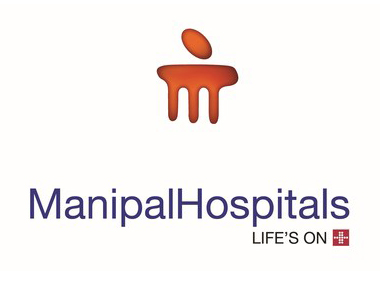

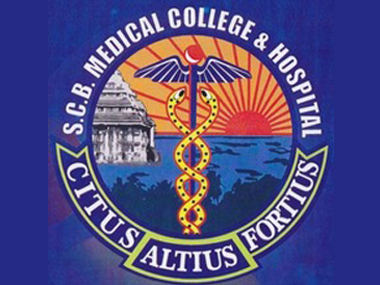

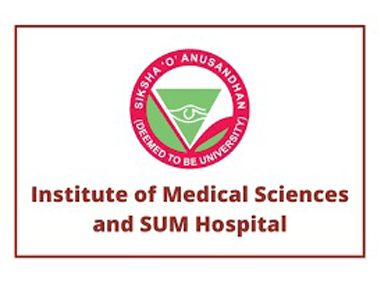


Design Flow :
Latest News & Student Testimonials
CUTM3124 Testimonial | SKILL: Medical Diagnostic Techniques | CUTM
Media
Our Main Teachers
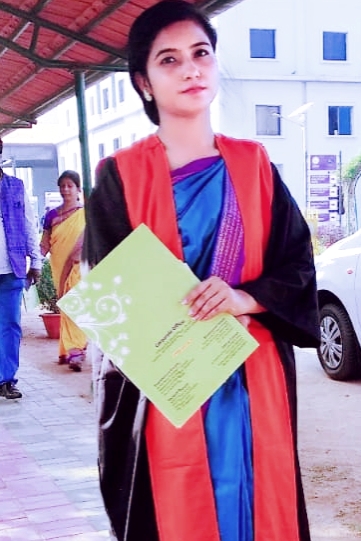
Susmita Chakrabarty is currently working as an Assistant Professor in the School of Paramedics and Allied Health Sciences at Centurion University of Technology and Management. Her specialization area includes the field of Medical Laboratory Sciences. At CUTM, she is engaged in teaching subjects like Hematology, Histology, Instrumentation and Technique, Analytical Biochemistry & Clinical Biochemistry, etc. […]

